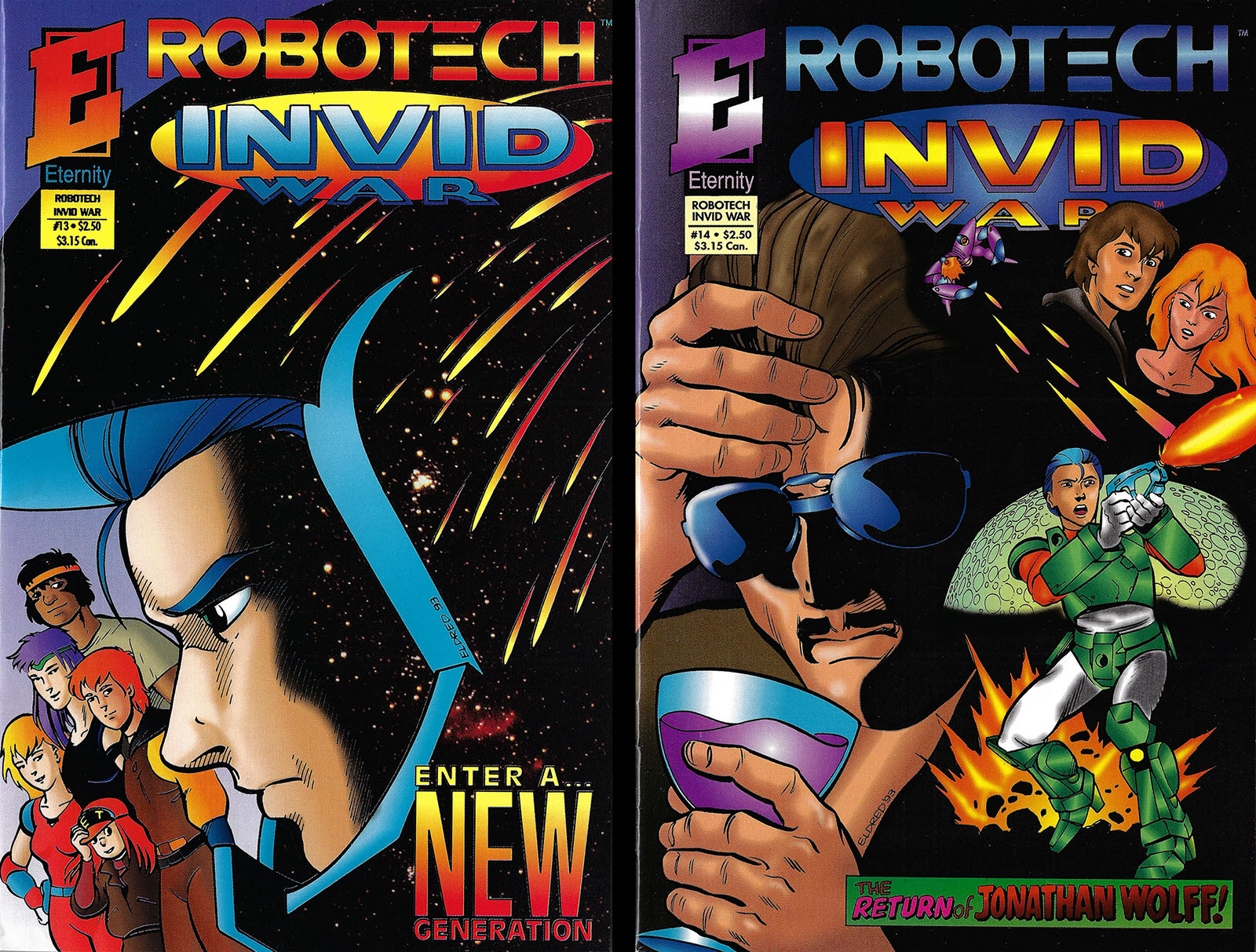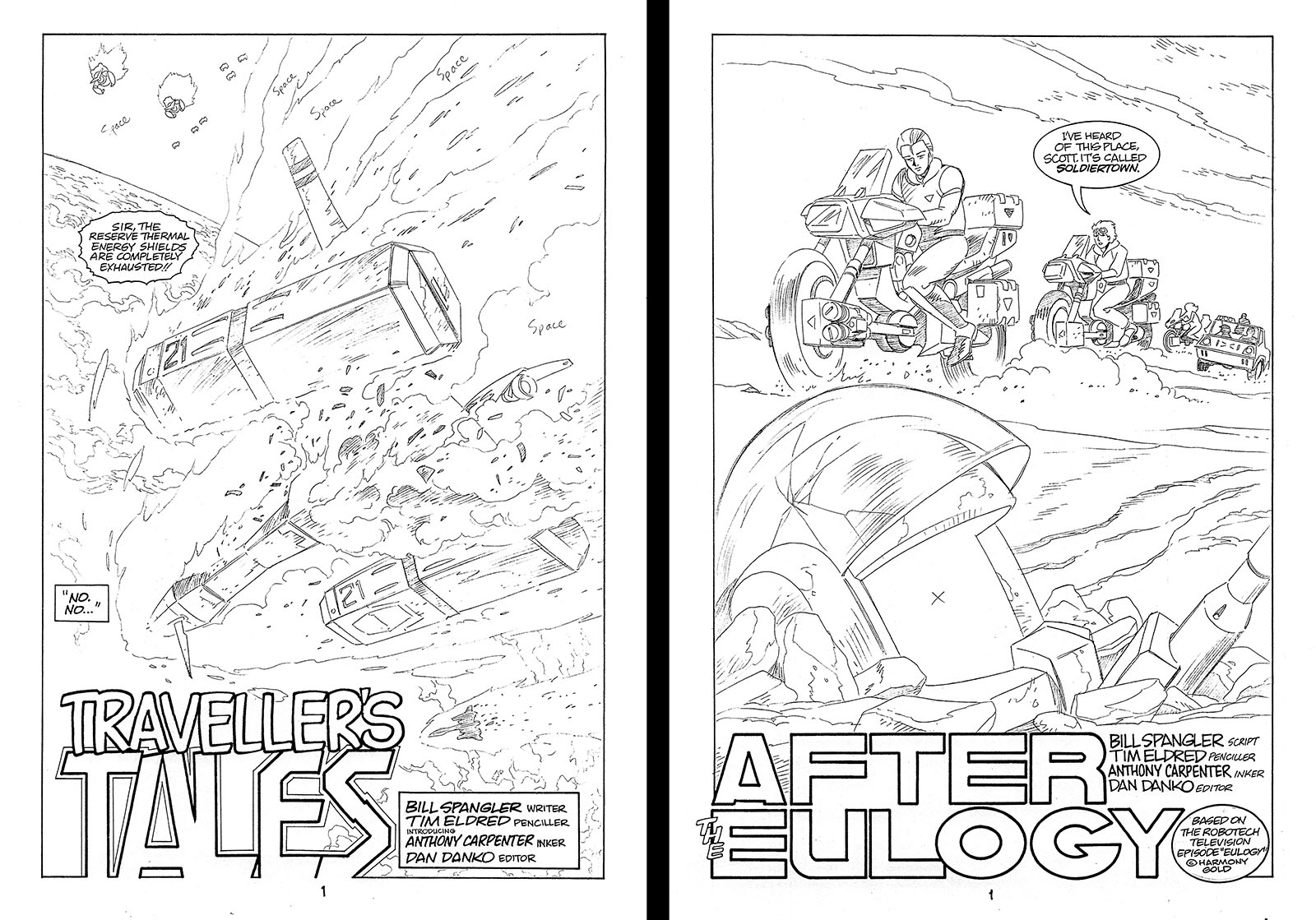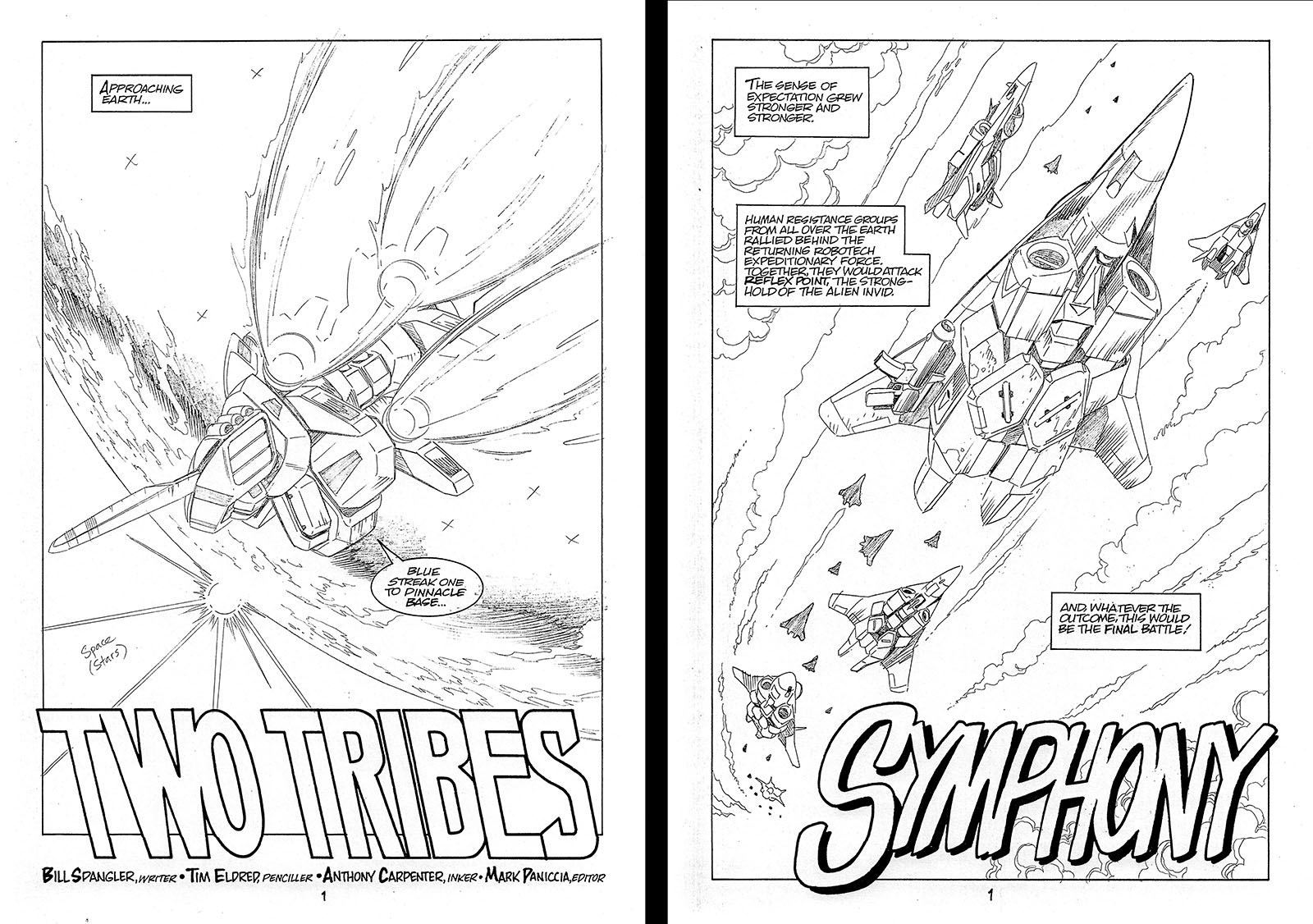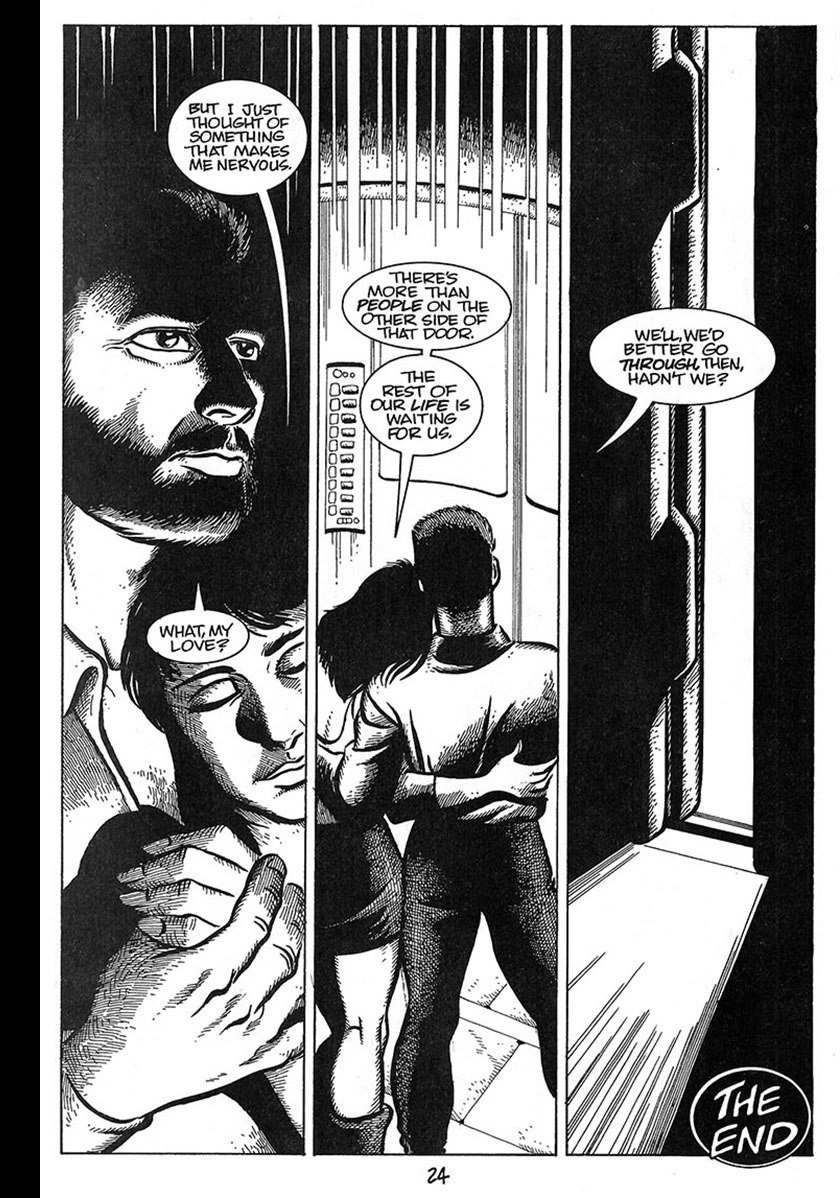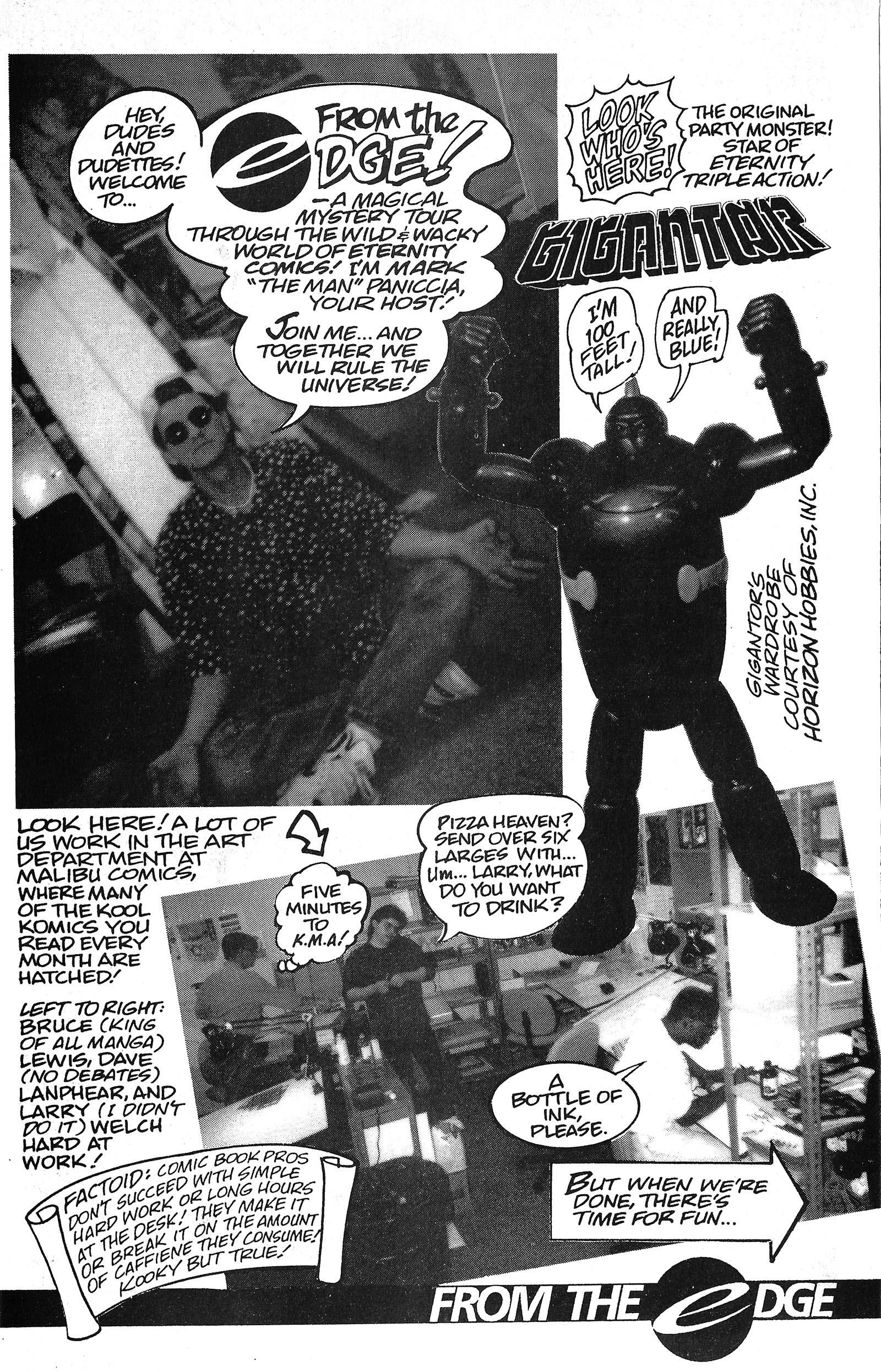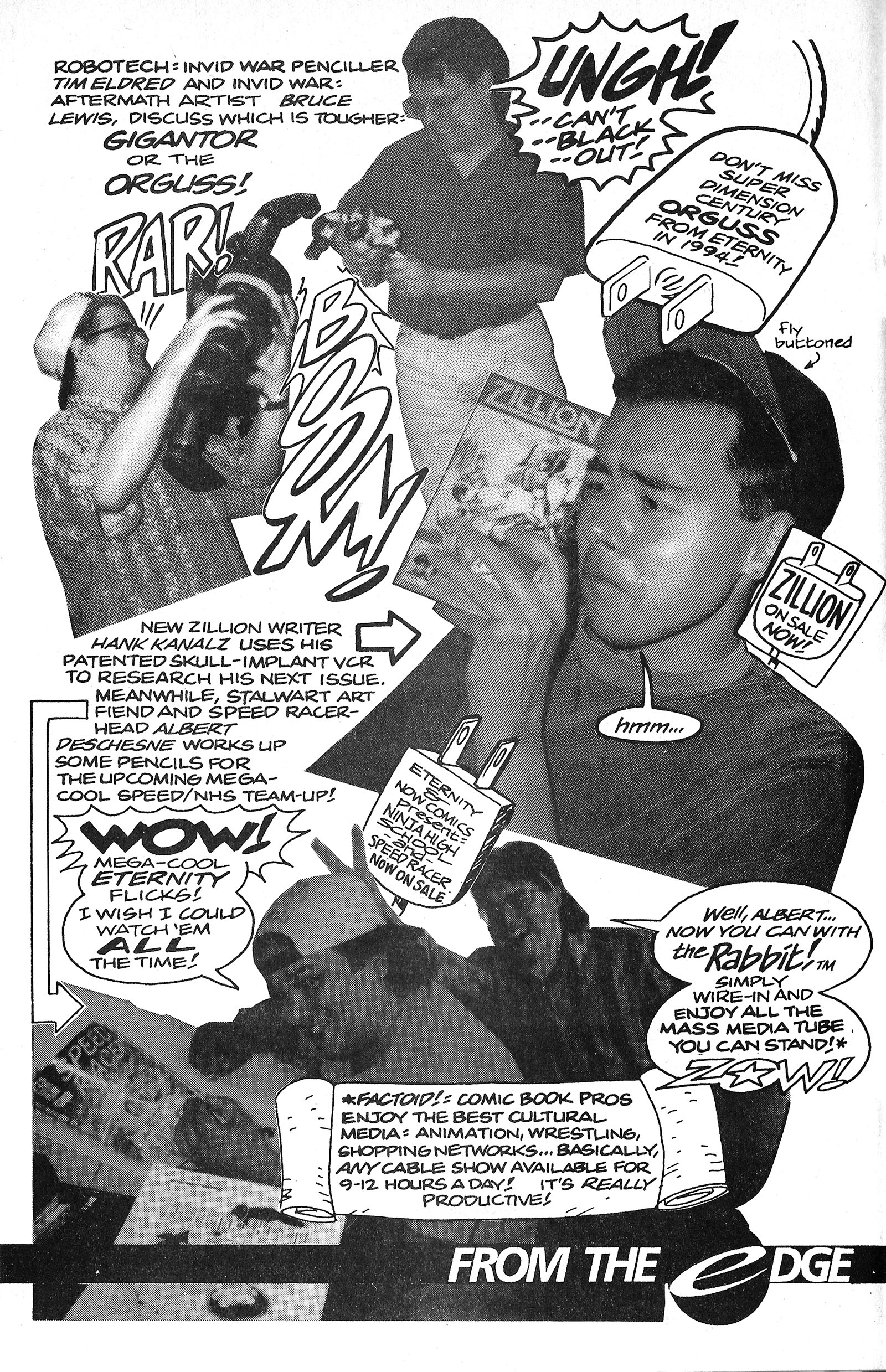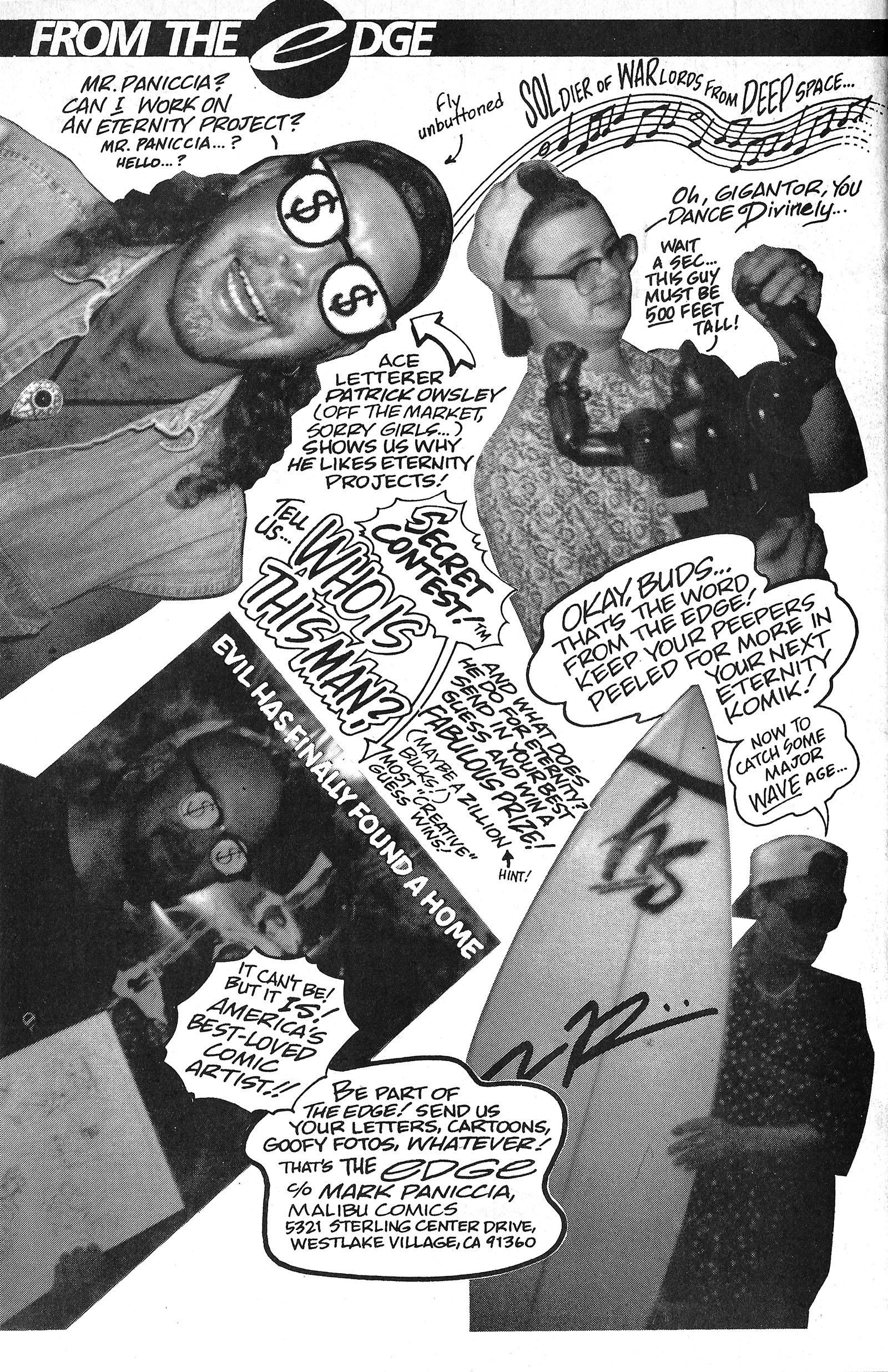Robotech: Invid War issues 13-18, 1993
The final six issues of Invid War represent so many things to me, it’s hard to know where to begin. So I’ll start where they do, with Genesis Climber Mospeada.
When Robotech first emerged as a thing in 1985, everyone I met in the expanding anime fan community already knew what Macross was. Not everyone had seen all of it yet (only scattered episodes), but a flood of merchandise had already given it a solid foundation. The other two shows that would be narratively attached to Macross were Southern Cross (1984) and Mospeada (1983). In Japan, they had nothing to do with each other. Now they would be linked into a continuous story. Which made some of us queasy. We had zero faith in any American writer/producer to pay proper respect to the source material, or resist the urge to “fix” it.
I was pre-sold on Macross thanks to all the stuff I’d seen and collected. I knew nothing about Southern Cross, other than it didn’t look interesting to me on any level. (When I finally watched it in 2019, this was confirmed.) But a few episodes of Mospeada had made their way to my eyeballs via VHS tape trading, and it definitely looked like my jam. Transformable mecha vs. alien invaders against an apocalyptic background? Sign me up!
I’ve written extensively about Mospeada here as a companion to this article, so dig in when the spirit moves you.
Now, bump forward to 1991. I’ve got the comic book writing/drawing career I always dreamed of, and my main client (Eternity) has the rights to Robotech. They’re interested in having me draw a series at some point. As I explained in earlier installments, the main reason I hesitated was that Mospeada was off limits. Harmony Gold only allowed them do Robotech Sentinels or original spinoffs. But ’91 was the year this restriction was lifted. At last, the gap between Robotech Masters (Southern Cross) and The New Generation (Mospeada) could be explored.
That’s the gap that interested me the most, since Mospeada had a big backstory, and no one had fleshed it out yet. I signed on with Bill Spangler as the writer, thinking it could be done in four issues, then I’d move on. Sales were steady, so four issues became 8 and then 12. Sales were still steady, so Eternity made it open-ended. Issue 13 was where we could merge into Mospeada continuity, so I finally got to draw a Mospeada comic after all. Sort of.
It wasn’t a Mospeada comic in the sense that we were adapting the anime. Instead it ran in parallel, weaving in and out of the episodes as Bill saw fit in order to continue the ongoing Invid War plotline. There were several story points from Robotech Masters to deal with, and Bill knew a lot more about them than I did, so serving those was our first priority.
Actually, we probably could have started a full-up Mospeada/New Generation adaptation at that point. If I’d volunteered for it, adapting one TV episode per issue, I think the Eternity editor would have agreed to it in a hot second. And it would have looked WAY better than the clunky old Comico version. So why didn’t I? To be honest, Robotech had already overstayed its welcome and the idea of spending two more years on it didn’t appeal to me. I had several other projects going at the time including Grease Monkey (which started between issues 13 & 14), the next Captain Harlock series (which started between issues 16 & 17), and Armored Road Police (which started between issues 17 & 18). That’s where my heart was.
But then something else happened that flipped the script on all of this: my entire life changed in one phone call.
Another major event in 1991 was the beginning of Image comics. A bunch of Marvel artists jumped ship to set up their own company and invent their own superheroes. For the first year of their existence, the infrastructure for this venture (printing, shipping, accounting, etc.) was handled by Malibu Comics, of which Eternity was a component. This created a huge cash windfall for Malibu and got them thinking about the best way to spend it.
They decided to invest it into a new superhero line of their own called the Megaverse. (Later renamed Ultraverse.) Managing all the moving parts would require rapid expansion of the company. The first people they invited on board were their most reliable freelancers, and my track record put me at the top of their list for an in-house art department. I would lead a team responsible for lettering, logo design, and other projects.
A little over three years earlier, I met editor Chris Ulm at the Chicago Comic Con, which led to him hiring me for Lensman. Now he was on the phone offering me a job as a full-timer on the Malibu staff. Could they pay me what I needed? Yes. Could they cover my moving expenses from Grand Rapids Michigan to Los Angeles California? Yes. Could they find me an apartment? Yes. Could I continue to draw comics as a freelancer on my off hours? Yes. Most importantly, did my wife think it was a good idea? YES. And with that, the next big chapter of my life began.
We moved in early December 1992, flying out on a wintery morning as all our stuff started creeping across the country on a moving truck. I had several freelance projects in play at the time, so I packed along all the drawing supplies I would need to keep them on schedule. The last installments of Invid War and Grease Monkey were the first comics I completed in my new home. (And, in fact, some more Robotech was in store for me after Invid War was over. I’ll get to that in a future article.)
It’s hard to overstate how important and life-changing that move was. At the ripe old age of 27, I went from a solo act to an ensemble of best friends. Being in L.A. lined me up for a significant career shift when comics imploded four years later and I made the jump to TV animation (with Grease Monkey as my calling card). If I’d stayed in Michigan, not even a tenth of that would have been possible. It was all thanks to three years of hard work, iron discipline, and one phone call. (Okay, and Image Comics. Their comics were nothing but junk food back then, but they did me a solid.)
About these issues: when I look back at them now, I’m amazed at how confident my art was at the time. Nearly all of my bad habits were gone, and I was working at the top of my game in terms of penciling and lettering. At the time I was flying through the pages so fast I didn’t stop to take them in the way I can now, thirty years later. I have to tip my hat to 1992 Tim. That guy was on fire.
It’s worth noting that important editorial changes took place over these issues. As Malibu was restructured, editors shifted around to different posts. Eternity landed in the capable hands of new friend and colleague Mark Paniccia. That happened after I finished this batch, but Mark allowed me to draw the covers for all six, which got rid of that weird, disconnected feeling of the previous issues.
I’m also reminded of an anecdote from an anime convention I went to in the summer of 1993 as a guest of honor (Project A-kon in Dallas). These comics were coming out at the time, and I had a few of them on my table. I distinctly remember one guy pulling another guy over and getting him to look through an issue. Then he said, “SEE? Doesn’t that look BETTER?”
The way he said it told me a lot in very few words. The two of them had probably been reading Robotech comics for a while and trying to figure out what was “wrong” with them. When I jumped on this train, I made it my mission to demonstrate exactly that. Every single Robotech comic that came before Invid War, from both Comico and Eternity, made my eyes bleed. The artists who drew them didn’t work hard enough to satisfy me. The same was probably true for other readers, including these two guys at the convention.
“SEE? Doesn’t that look BETTER?”
Drawing Robotech for a year and a half wasn’t on my list of career goals, but if my labor caused someone to finally understand what they should have been getting all along, I’ll take the win.
Issue 13: Traveller’s Tales
Production period: June/July 1992
Published May 1993
Issue 14: After the Eulogy
Production period: July/August 1992
Published June 1993
Issue 15: Intersection
Production period: August/September 1992
Published July 1993
Issue 16: All Fall Down
Production period: September/October 1992
Published August 1993
Issue 17: Two Tribes
Production period: October/November 1992
Published September 1993
18: Symphony of Darkness and Light
Production period: November/December 1992
Published October 1993
“Once More, With Feeling”
by Bill Spangler
As you know by now, our last dance with the Invid went for six issues rather than four. I don’t know who made this decision or why; it may be that I never knew. What I remember now is focusing on the idea that we had reached the time when Scott Bernard was on Earth and assembling his crew, and how this would affect our story.
Again, I don’t remember whether we receive specific instructions not to adapt a full episode or whether we came to the decision on our own. But we decided we would take scenes from the TV show and embellish them or reinterpret them. That led to Traveller’s Tales, After the Eulogy, and Symphony of Darkness and Light, in addition to Intersection, the actual meeting between Scott and John Carpenter.
I think this was when I came up with an idea I decided not to use; that Annie Labelle was sexually molested by the leader of a gang she ran with for a while, an older Fagin-like, figure. (I think I called him Joey Dee, but I can’t swear to that.) My wife Joyce, an experienced psychologist, says that Annie’s behavior on the TV show is consistent with someone who’s suffered a severe sexual trauma. Ultimately, though, I decided that I didn’t have the space to give the idea the attention it deserved, even with two extra issues.
Looking back at Invid War, one of the things that I’m happiest about is how John Carpenter and his relationship with Bekka Cade evolved. Carpenter has a relatively minor role in the middle third of Robotech, but that gave him room to grow. Carpenter’s speech pattern (variations of phrases like “That’s me, John Carpenter, the last of the big-time metrobosses”) seems somewhat contrived now, but I felt that it was good for the reader to see his full name once in a while, and it gave him a self-deprecating sense of humor that I liked.
As it turns out, both Tim and I were thinking about a romance between Carpenter and Bekka Cade before we mentioned it to each other. I think what makes this relationship distinctive is that was established with romantic banter and quiet moments, rather than dramatic declarations. Tim and inker Anthony Carpenter did a great job capturing the nuances of those moments.
In some ways, Carpenter is the Robotech character with whom I identify most. I gave him and Bekka the closest thing to a happy ending that I could. In Robotech #0, published by Academy Comics, I jumped ahead a few years to show that John has become a teacher, Bekka is a traveling judge, and they have a daughter. (For a day or so, I had assigned the occupations the other way, but I decided to reverse them.)
Two Tribes, the title of issue 17, was also the title of a song by a group called Frankie Goes To Hollywood. The group isn’t particularly well-known now, but was popular back in those dim, dark days when MTV actually ran music videos. I used the title because the first line of the song was “When two tribes go to war.” (For those interested, the video for Two Tribes can be seen here.)
Speaking of dim, dark days, Invid War was published at a time before everyone had a podcast. (Yes, there actually was such a time. You can look it up.) The closest you could get was a cable access show, like Wayne’s World. In the section of suburban Philadelphia where we live, there was such a show about comics. (I want to say it was called ComicZone, but don’t hold me to that.) I sent the show a press release and asked them if they wanted to do a story about Invid War. The story never happened, but Tim’s spectacular cover for issue 15 became part of the show’s opening titles.
We were offered a chance to continue the series beyond issue 18, but we both passed. I wanted to focus on my other Robotech title, Return To Macross. But I like looking back on Invid War, and I hope you do too.
Bill and his wife Joyce are facing serious financial issues due to a series of medical emergencies colliding with a series of household emergencies, and they urgently need your help. For more information on what you can do, click here.
The Aftermath
No account of Invid War would be complete without a nod toward what came next. Bruce Lewis had been a friend for many years before I got Malibu to hire him into our little fold. This put him in a position to take the reins and keep the Robotech story going in his own unique style.
A disruptor by nature, Bruce set out to make his comics as different from mine as mine were from Robotech Sentinels. I didn’t have any personal stake in it, so I enjoyed watching the fireworks from the sidelines. It definitely got people talking, which is the whole point. Love it or hate it, you could not ignore it.
See all the issues of Invid War Aftermath here.
Postscript: wacky hijinks at the Malibu art department
These pages, published as a backup feature in Invid War #17, represent a high point of my time working on staff at Malibu. We had four pages to fill, and decided to make them as goofy as possible. Mark Paniccia was the Eternity editor at the time, and he was happy to play along. We thought we might make it a regular thing, but time pressures turned it into a one-and-done time capsule. Enjoy.


